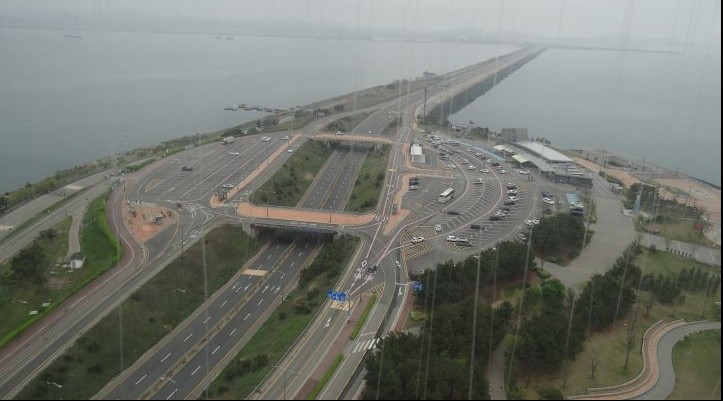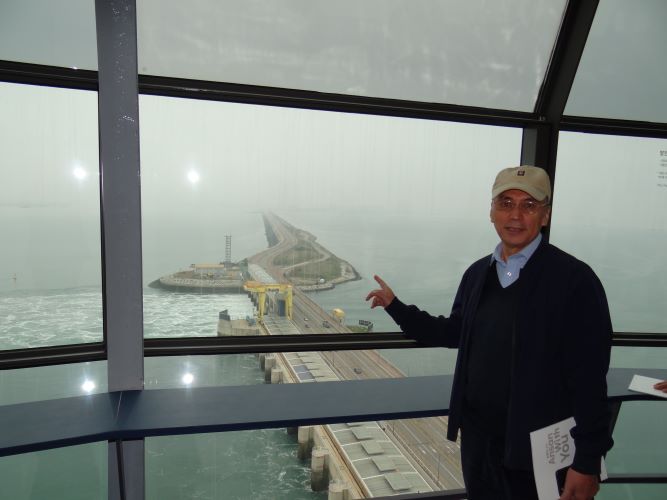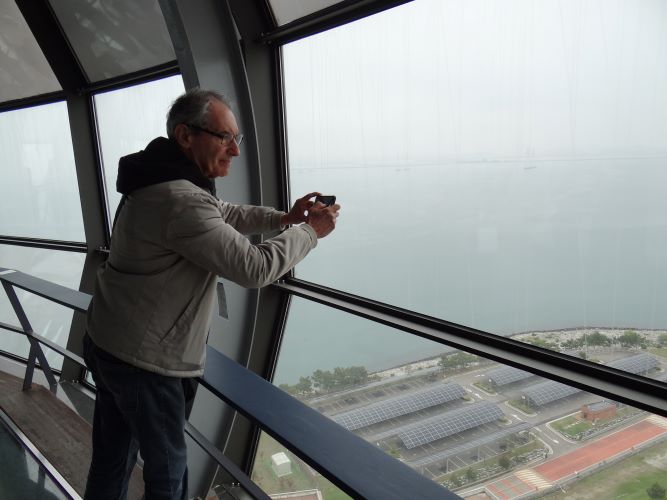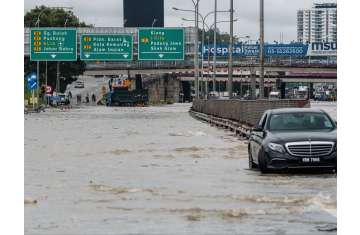Urgent
UAE’s $1 billion Yemen investment will deliver clean power to millions, says GSU Managing Director
 UAE allocates $1 billion to support energy sector in Yemen
UAE allocates $1 billion to support energy sector in Yemen
 Environment Agency – Abu Dhabi documents second spawning season for kingfish in Abu Dhabi
Environment Agency – Abu Dhabi documents second spawning season for kingfish in Abu Dhabi
 UAE marks 54th Eid Al Etihad with developmental achievements
UAE marks 54th Eid Al Etihad with developmental achievements
 Korea's exports rise 8.4 % on-year to US$61.04 billion in November
Korea's exports rise 8.4 % on-year to US$61.04 billion in November
 UN delegation visits UAE field hospital in Gaza, hails UAE humanitarian efforts
UN delegation visits UAE field hospital in Gaza, hails UAE humanitarian efforts
 Calidus showcases advanced defence solutions at Egypt Defence Expo 2025
Calidus showcases advanced defence solutions at Egypt Defence Expo 2025
 GCAA confirms compliance with State of Design Directive, continued safe operation of Airbus Aircraft
GCAA confirms compliance with State of Design Directive, continued safe operation of Airbus Aircraft

 UAE allocates $1 billion to support energy sector in Yemen
UAE allocates $1 billion to support energy sector in Yemen
 Environment Agency – Abu Dhabi documents second spawning season for kingfish in Abu Dhabi
Environment Agency – Abu Dhabi documents second spawning season for kingfish in Abu Dhabi
 UAE marks 54th Eid Al Etihad with developmental achievements
UAE marks 54th Eid Al Etihad with developmental achievements
 Korea's exports rise 8.4 % on-year to US$61.04 billion in November
Korea's exports rise 8.4 % on-year to US$61.04 billion in November
 UN delegation visits UAE field hospital in Gaza, hails UAE humanitarian efforts
UN delegation visits UAE field hospital in Gaza, hails UAE humanitarian efforts
 Calidus showcases advanced defence solutions at Egypt Defence Expo 2025
Calidus showcases advanced defence solutions at Egypt Defence Expo 2025
 GCAA confirms compliance with State of Design Directive, continued safe operation of Airbus Aircraft
GCAA confirms compliance with State of Design Directive, continued safe operation of Airbus Aircraft













Comments